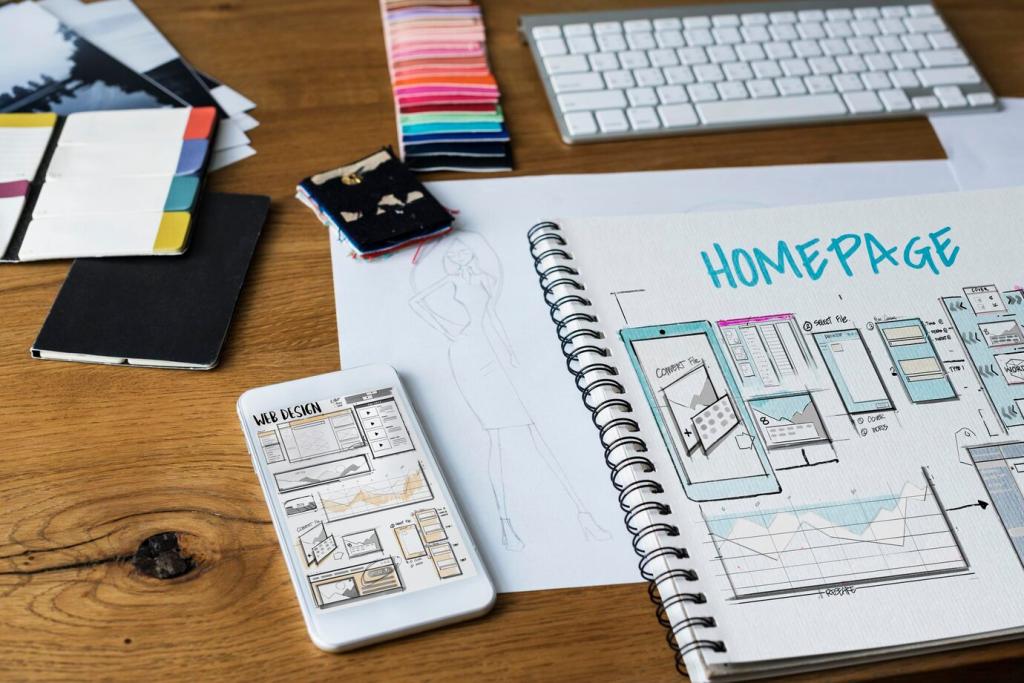Technical SEO for Visual-Heavy Interior Design Sites
Optimize Core Web Vitals with image compression, modern formats, responsive breakpoints, and a content delivery network. Defer noncritical scripts and preload key fonts. A site that loads like silk keeps visitors exploring and signals quality to search engines.
Technical SEO for Visual-Heavy Interior Design Sites
Add schema for Organization, LocalBusiness, BreadcrumbList, and VideoObject where relevant. Mark up projects like case studies and FAQs that answer common client questions. Rich results improve visibility and create more intuitive entry points for new visitors.






